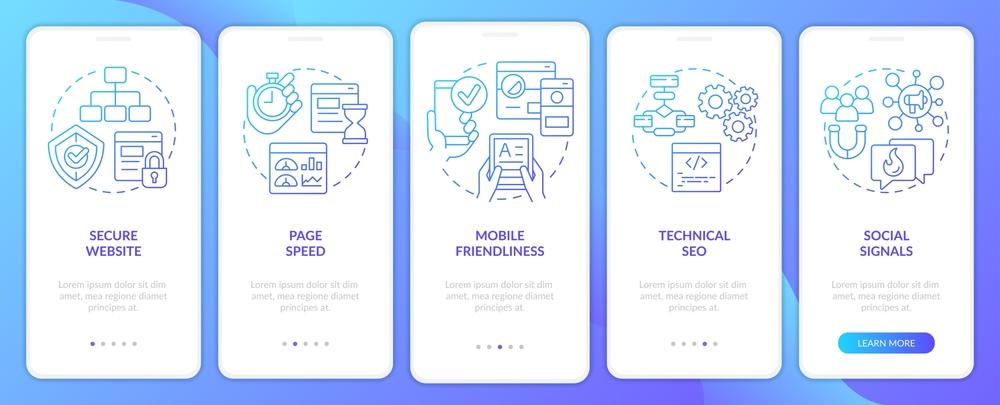In today’s digital age, the security and privacy of personal information have become paramount concerns. The ever-increasing incidents of data breaches, identity theft, and online fraud have led to a growing demand for innovative solutions to protect sensitive data and establish secure digital identities. Blockchain technology has emerged as a revolutionary force in addressing these concerns, offering a robust framework for Digital Identity Management (DIM). This article explores the intersection of blockchain and digital identity management, highlighting the potential for revolutionizing security and privacy in the digital realm.
The Digital Identity Conundrum
The concept of a digital identity is not new. In the age of the internet, everyone has a digital footprint, a collection of personal data that includes everything from usernames and passwords to financial records and social media profiles. However, the proliferation of digital identities has created a complex challenge – how to manage and protect this wealth of information effectively.
Traditional approaches to digital identity management have been fragmented, centralized, and often prone to security breaches. Governments, financial institutions, and corporations typically store and manage user data on centralized servers. These entities become attractive targets for cybercriminals seeking to steal sensitive information. The high-profile data breaches of recent years, such as the Equifax breach in 2017 and the Facebook-Cambridge Analytica scandal, have exposed the vulnerabilities of centralized systems.
Additionally, users have little control over their personal data, often surrendering ownership to the organizations that collect it. This lack of control and transparency has led to growing concerns about privacy violations and misuse of data.
Enter Blockchain Technology
Blockchain technology, initially developed to underpin cryptocurrencies like Bitcoin, has gained recognition for its potential to revolutionize many industries, including digital identity management. At its core, a blockchain is a decentralized, distributed ledger that records transactions across a network of computers. Each transaction, or “block,” is linked to the previous one, creating a chain of blocks. This structure ensures that once data is recorded on the blockchain, it cannot be altered or deleted without the consensus of the network.
Here’s how blockchain technology is transforming digital identity management:
1. Decentralization: Blockchain eliminates the need for a central authority to manage digital identities. Instead, individuals have more control over their personal information, granting access to specific parts of their identity to different entities. Users can have a self-sovereign identity, managing their data as they see fit.
2. Security: The immutable nature of blockchain ensures the security and integrity of data. Once recorded, information cannot be tampered with, making it incredibly difficult for cybercriminals to manipulate or steal personal data. This significantly reduces the risk of identity theft and data breaches.
3. Transparency: The transparent nature of blockchain ensures that individuals can track the use of their data. When someone requests access to specific identity attributes, the blockchain logs the transaction. This transparency holds organizations accountable and reduces the potential for misuse.
4. Interoperability: Blockchain can enable interoperability across different platforms, making it easier for individuals to use their digital identities in various contexts, from financial services to healthcare. This streamlines processes and enhances user convenience.
Use Cases of Blockchain in Digital Identity Management
-
Self-Sovereign Identities: Blockchain enables the creation of self-sovereign identities, where individuals have full control over their identity data. They can share specific attributes with various parties as needed, without having to rely on a central identity provider.
-
Secure Data Sharing: Blockchain allows for the creation of permissioned networks where data sharing is secure and controlled. For example, healthcare providers can access a patient’s medical history with the patient’s consent while keeping the data secure and private.
-
Reduced Identity Fraud: The tamper-resistant nature of blockchain significantly reduces the risk of identity fraud. Government-issued IDs, diplomas, and other certificates can be securely recorded on the blockchain, making forgery nearly impossible.
-
Cross-Border Identity Verification: Blockchain can facilitate cross-border identity verification, making it easier for individuals to access services and conduct transactions across different countries without the need for complex and time-consuming verification processes.
-
Financial Services: Blockchain can streamline Know Your Customer (KYC) and Anti-Money Laundering (AML) processes for financial institutions. Individuals can share their identity attributes with banks or other financial service providers securely and efficiently.
-
E-Government Services: Governments can use blockchain to offer secure and efficient e-government services, such as voting, taxation, and citizen identity verification.
Challenges and Considerations
While blockchain offers significant potential for revolutionizing digital identity management, several challenges and considerations must be addressed:
-
Scalability: As the adoption of blockchain for digital identity management increases, ensuring the scalability of blockchain networks becomes crucial to handle the growing volume of transactions.
-
Regulatory and Legal Frameworks: Governments and regulatory bodies need to develop clear legal frameworks for digital identity management on blockchain. This includes issues related to data protection, privacy, and the recognition of blockchain-based identities.
-
User Adoption: Encouraging individuals to embrace and use blockchain-based digital identities may require educational efforts and user-friendly interfaces.
-
Data Recovery and Backup: While blockchain ensures data integrity, it also poses challenges related to data recovery and backup. If individuals lose access to their blockchain-based identities, the process of recovery can be complex.
-
Identity Validation: Ensuring the real-world connection between a digital identity and an individual remains a challenge. Solutions like biometric authentication can play a crucial role in this aspect.
The Future of Digital Identity Management
Blockchain’s impact on digital identity management is poised to reshape how individuals and organizations interact in the digital realm. As we move forward, blockchain technology will continue to play a pivotal role in establishing secure, user-centric, and privacy-respecting digital identities.
In conclusion, blockchain’s ability to decentralize identity management, enhance security, and ensure transparency makes it a compelling solution for the digital identity conundrum. While challenges remain, ongoing developments and regulatory frameworks will pave the way for a future where individuals have greater control over their digital identities, leading to a more secure and private digital landscape. With blockchain technology at the forefront, the revolution in digital identity management promises to be a driving force behind the evolution of digital security and privacy in the years to come.
Conclusion
the synergy between blockchain technology and digital identity management is poised to revolutionize security and privacy in the digital realm. This innovative pairing offers solutions to traditional challenges, such as centralization, security vulnerabilities, and privacy concerns. As we envision a future where individuals have greater control over their digital identities, blockchain’s decentralization and immutability stand as pillars of trust and security. To stay updated on the latest developments in this transformative field and explore how blockchain is reshaping the landscape of digital identity management. Embrace the future of secure and self-sovereign identities in the




